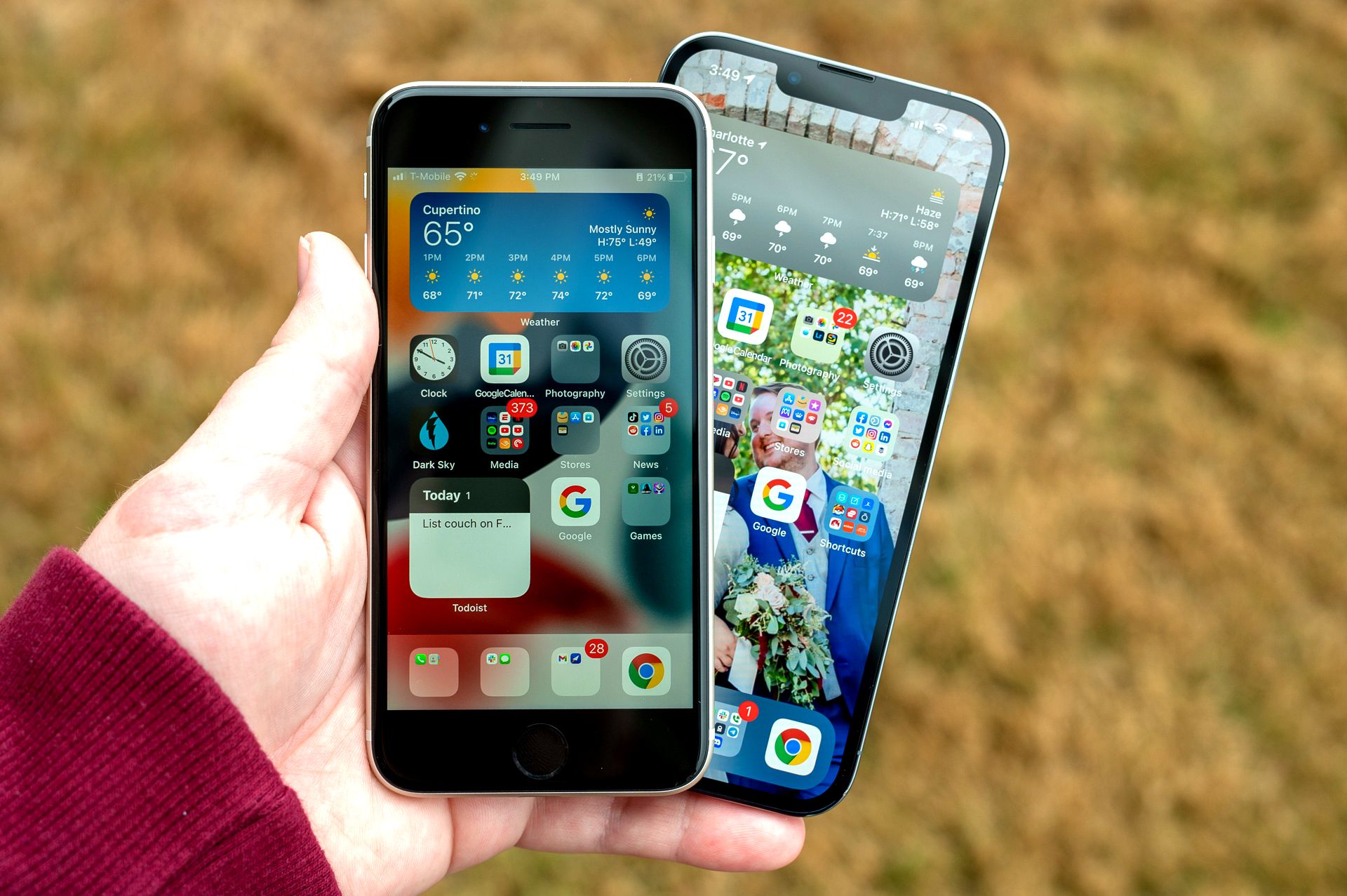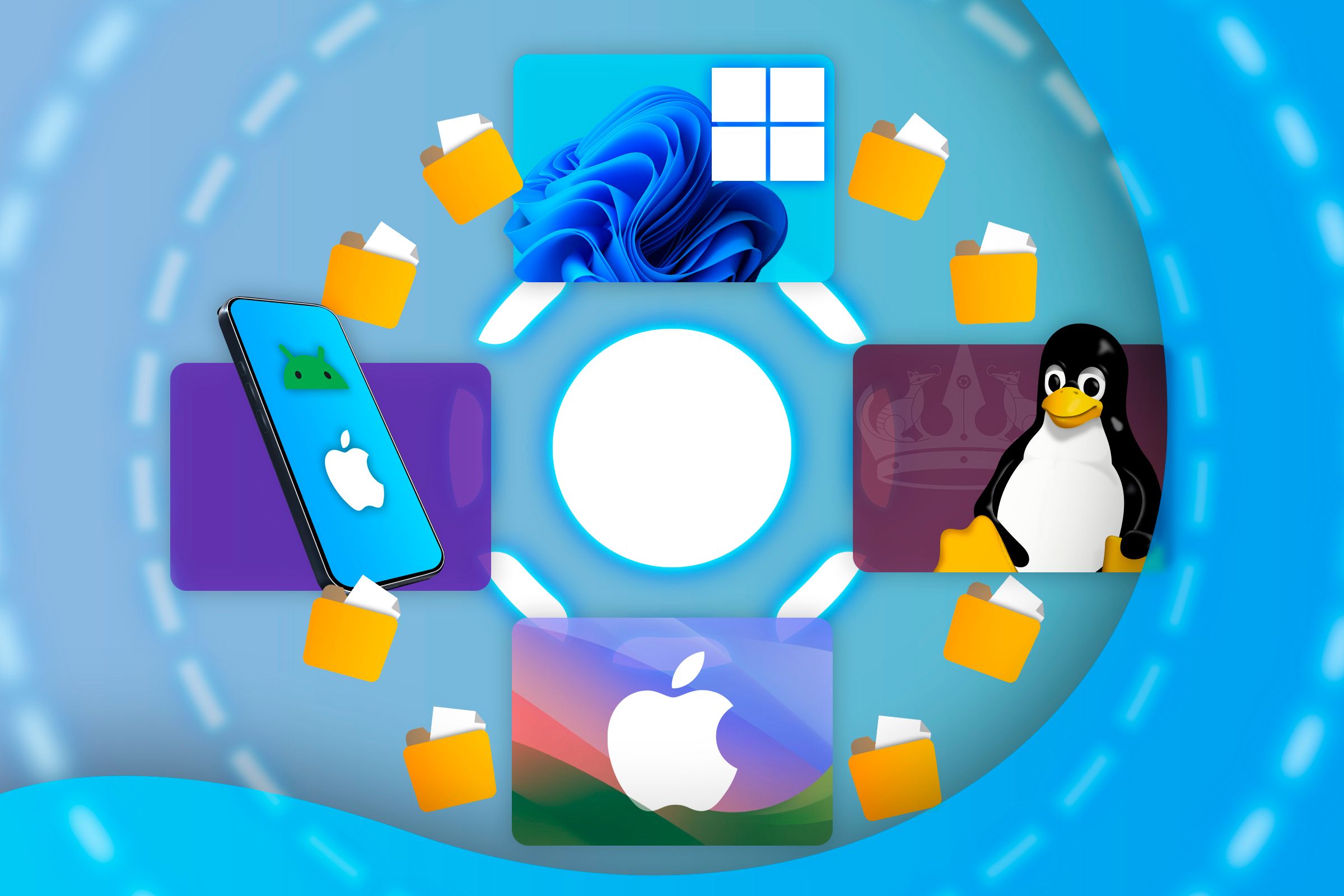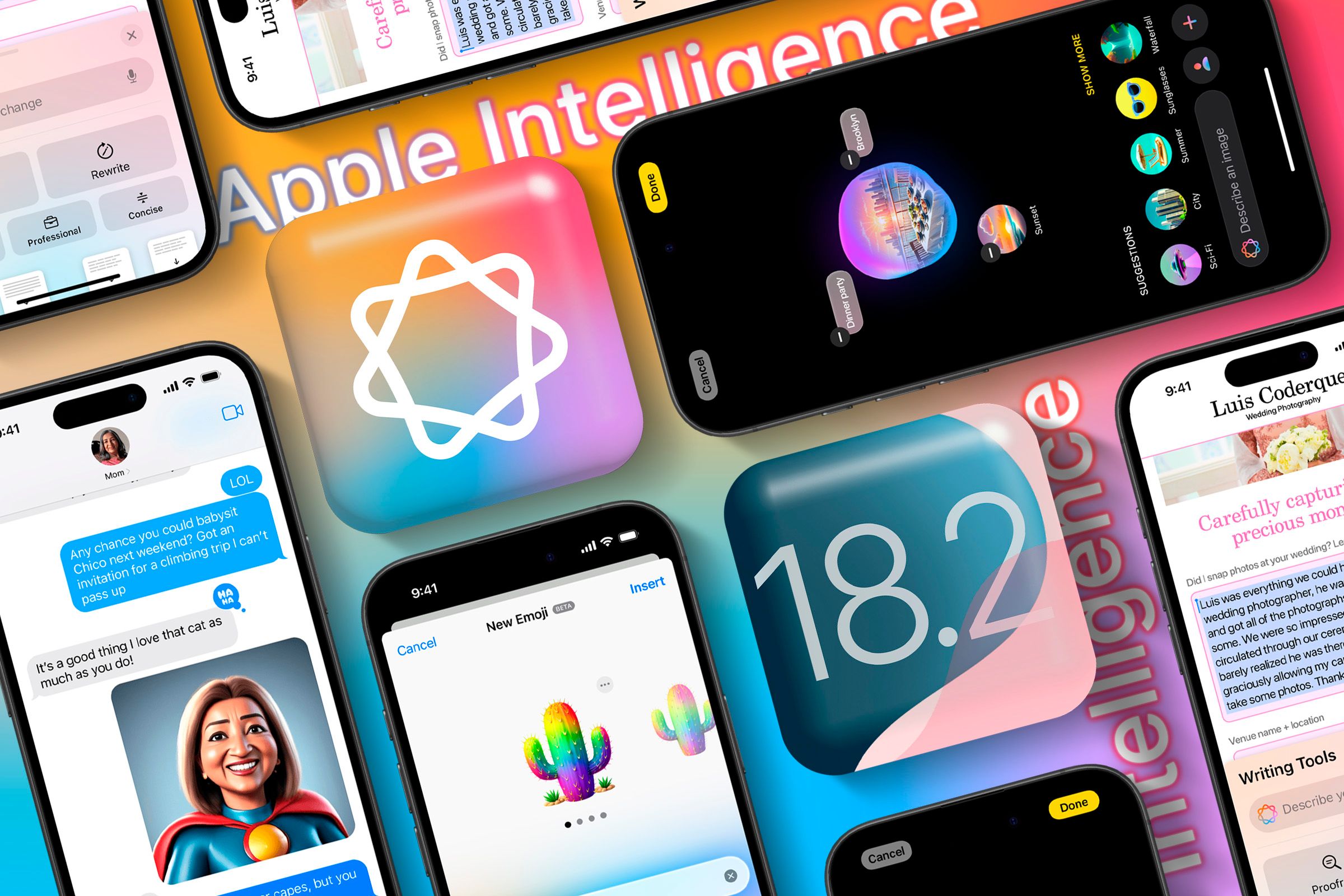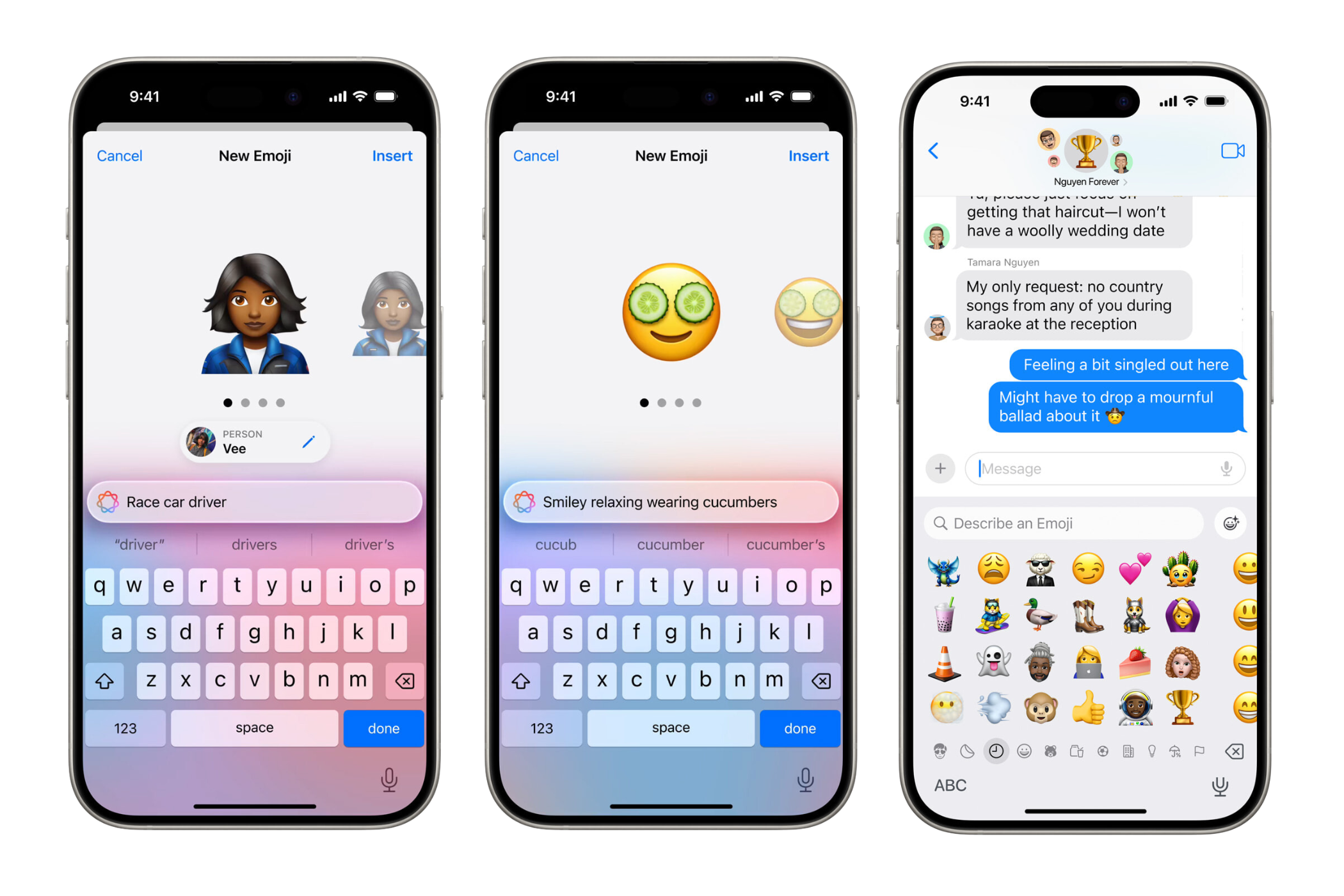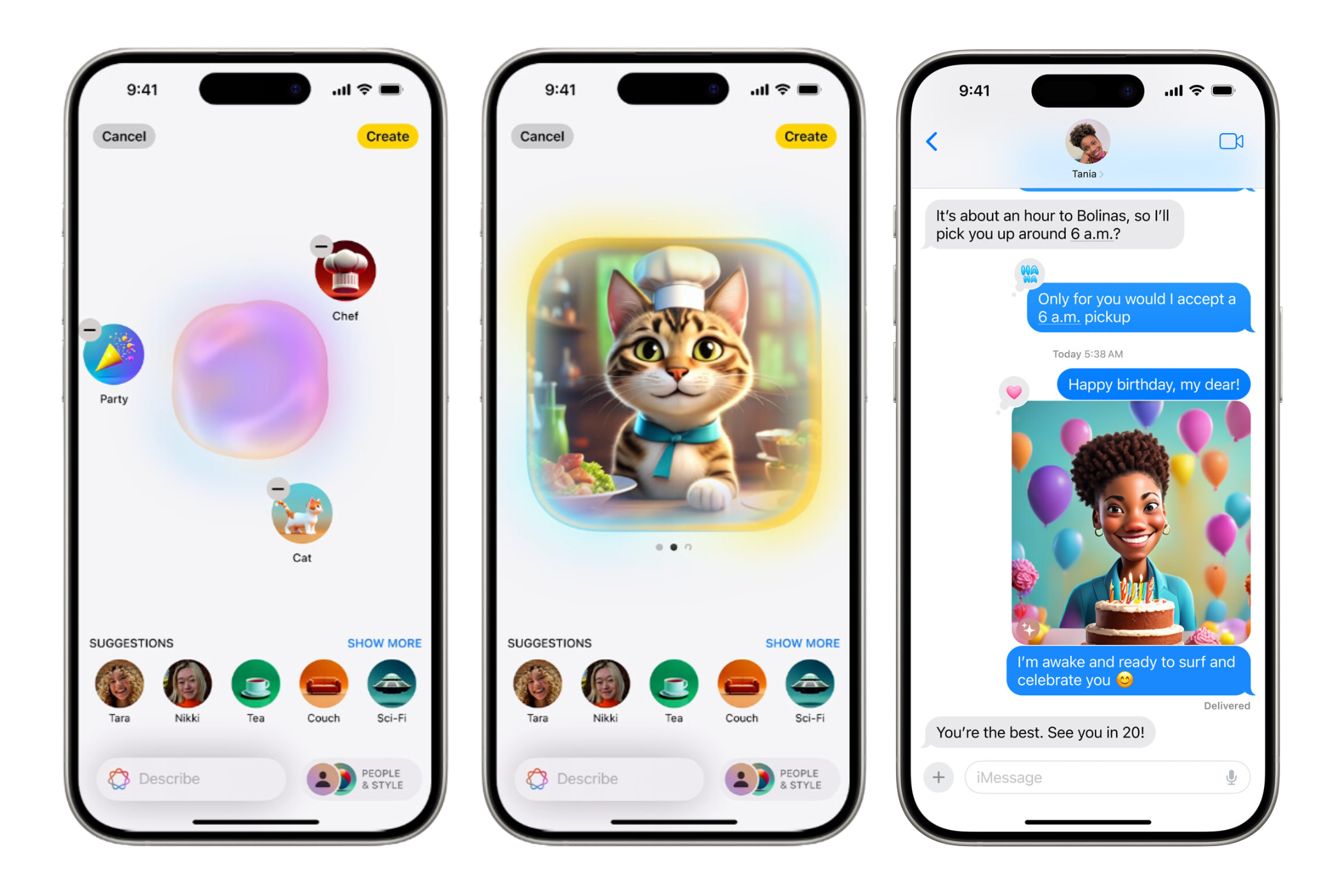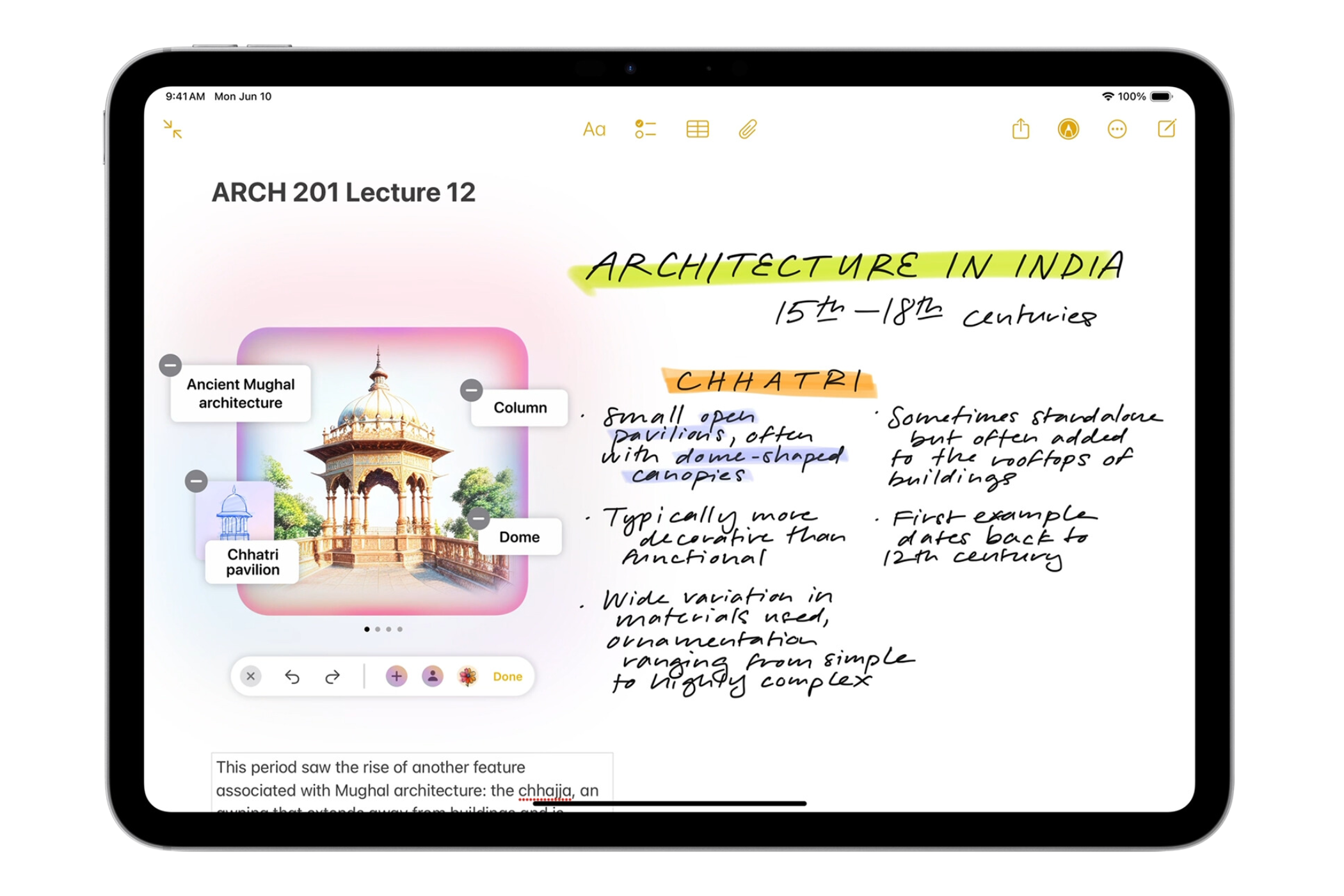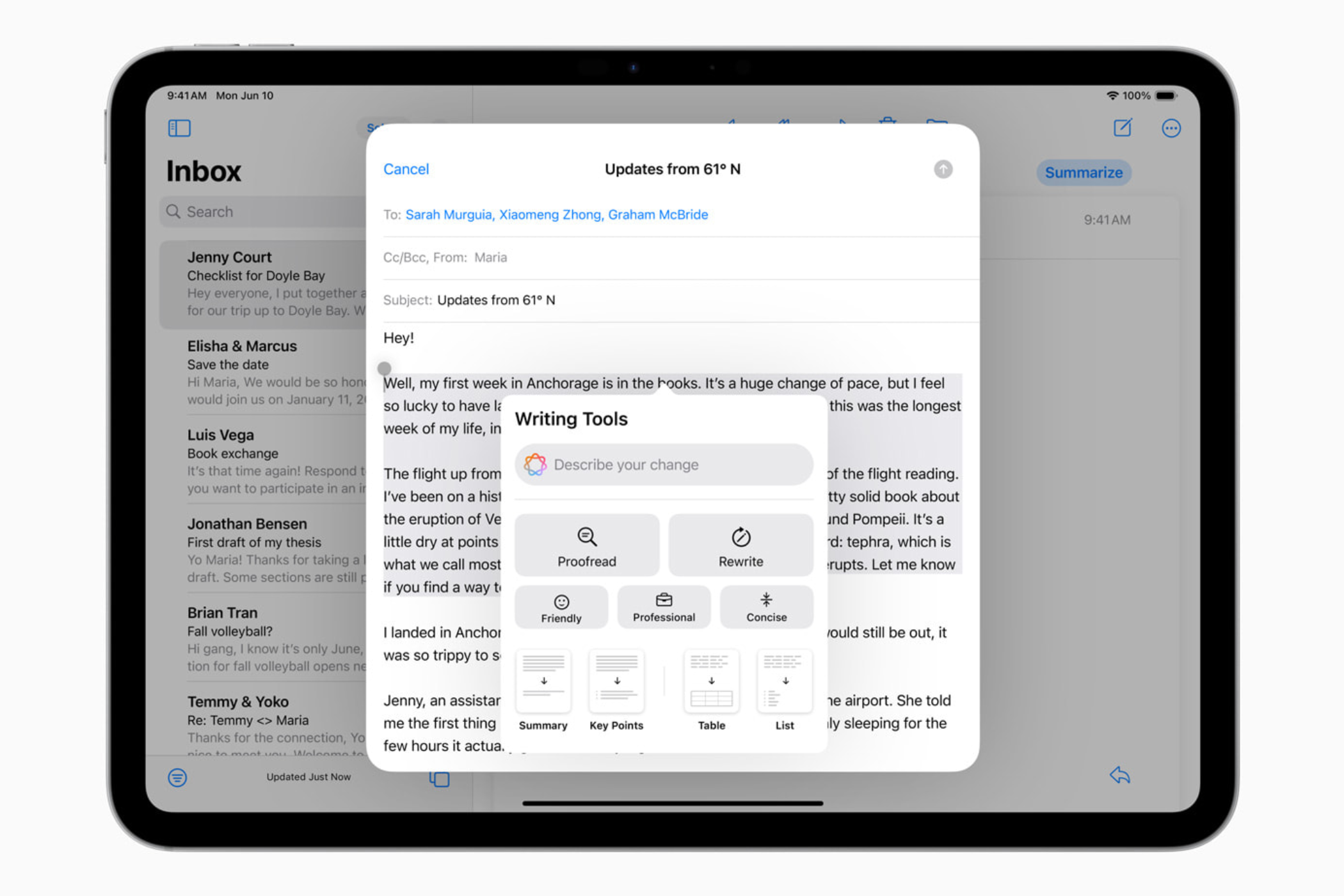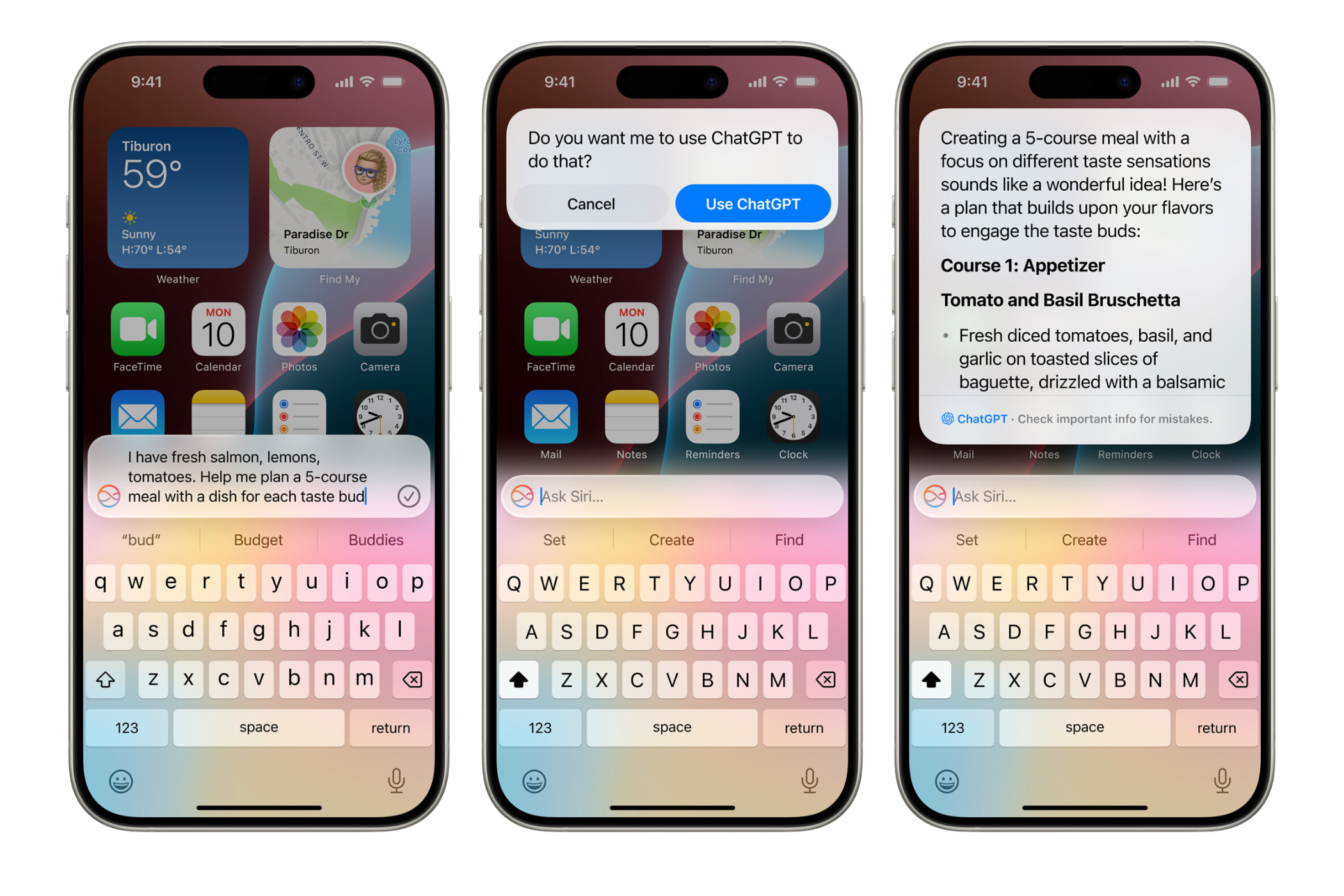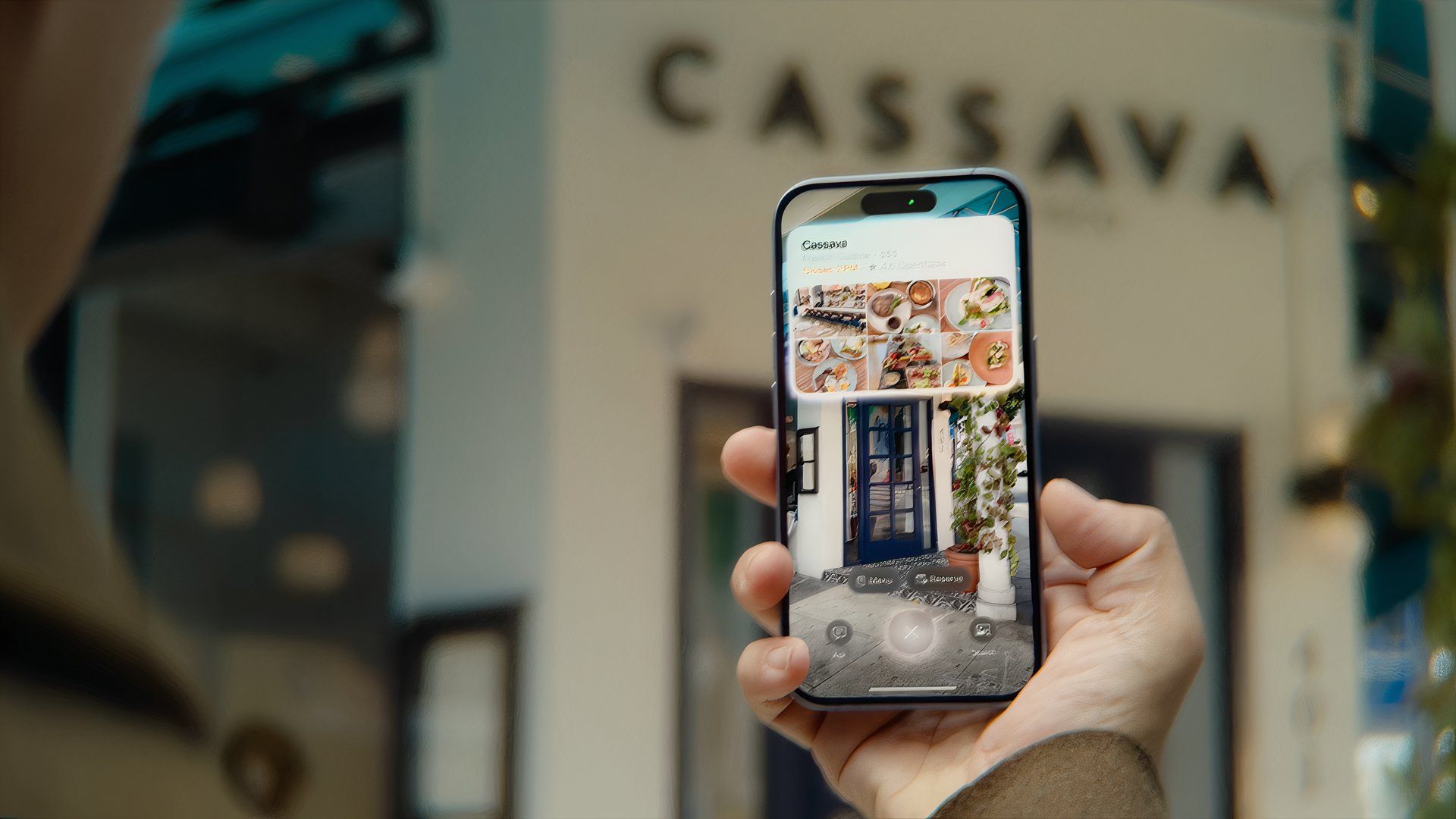6 Apple Intelligence Features Coming With iOS 18.2
Apple iPhone
Quick Links
-
Create Fun Emojis With Genmoji
-
Create Animated or Illustrated Pictures With Image Playground
-
Image Wand Elevates Your Notes With Required Images
-
Improved Writing Tools With ChatGPT Integration
-
The Much-Needed Siri Upgrade (Courtesy of ChatGPT)
-
Visual Intelligence, Apple’s Answer to Google Lens
Key Takeaways
- iOS 18.2 will introduce Genmoji which can create custom emojis through text-based inputs or images within the emoji keyboard.
- Another Apple Intelligence feature, Image Playground, can create images based on text prompts, offering styles like animation and illustration.
- ChatGPT integration enhances Writing Tools and Siri in iOS 18.2, letting iPhone owners request specific changes to text styles and get answers to complex queries.
While iOS 18.1 provided a glimpse at what Apple Intelligence can do, iOS 18.2 will include some of the most long-awaited GenAI features for supported iPhones. Let’s check them out.
Create Fun Emojis With Genmoji
First and foremost, iOS 18.2 will introduce Genmoji, which is similar to Google’s Emoji Kitchen feature but with a reliance on generative AI. Built into the emoji keyboard, the feature allows users to generate an emoji through text-based inputs, like “A cat wearing sunglasses and a party hat.” You can also create a Genmoji based on someone’s picture (but that person must be identified by name in the Photos app).
While Apple’s native apps already support the feature in the iOS 18.2 public beta, a new API (designed for Genmoji) allows developers to integrate the Apple Intelligence feature into their apps. When the stable iOS 18.2 build goes live (sometime in December), iPhone owners should be able to create and send Genmoji emojis just like regular text. It will also be possible to copy and paste AI-generated emojis and send them as stickers in chats.
The feature should work well for notes, creative headlines for blogs, and even quirky messages, allowing owners of compatible devices to freely express themselves while communicating with friends, family, or colleagues. As and when the Genmoji feature arrives, you should be able to use it through the native iOS Keyboard (emoji > Genmoji).
If you’ve used a text-to-image generator in the past, you shouldn’t take long to get a hang of it.
Create Animated or Illustrated Pictures With Image Playground
Unlike Genmoji, Image Playground gets its own app wherein you can enter the description of an image in the text bar, wait a few seconds, and get an AI-generated picture ready in a matter of seconds. The app offers renditions of the same description, allowing you to choose the one you like the most. However, if you aren’t satisfied with the outcome, you can modify the prompt with a more detailed description or choose one of the app’s suggestions.
After creating an image, you can copy it to the clipboard or save it directly to your iPhone’s memory. You can also share it using the iOS Share Sheet, which includes third-party social media or messaging apps. Besides entering prompts and fine-tuning the results, you can also experiment with the Image Playground themes like adventure, summer, disco, and sunset plus combine them with places like city, space, park, and so on.
This Apple Intelligence feature also suggests adding themed costumes and accessories if you’re using them to create a funny picture of your friends. In addition to identified people in Photos, you can also import other images from the app, which act as a reference point for the AI.
If you’re hoping the app can create photorealistic images, don’t get too excited. By default, Image Playground only supports two styles: Animation (with a detailed, 3D look) and Illustration (with a plain, 2D look).
Image Wand Elevates Your Notes With Required Images
You can also use Image Playground in the native Notes app on iOS via the new Image Wand feature. Available in the Apple Pencil tool palette, the feature helps you make your notes more lively by turning rough sketches into images. It could be really useful for those topics that involve complex diagrams, like that of the human heart or the cross-section of an engine.
“Users can even select empty space to create an image using context from the surrounding area,” so says the official WWDC 2024 press note. Moreover, the Image Wand feature is an extension of the Image Playground app curated for the Notes app. More details about the feature, how it works, and how accurate it is should surface shortly.
So far, we’ve discussed three image-generation features created for different tasks. However, the iOS 18.2 beta doesn’t allow users to use these features directly. There’s a waitlist in place to use these three features; you can join it by trying to access the following features in their native apps.
Improved Writing Tools With ChatGPT Integration
As part of iOS 18.1, Apple introduced Writing Tools, a set of features that lets users summarize, proofread, rewrite, and organize text at the press of a button. The feature is already available on supported iPhone, iPad, and Mac models. I haven’t spent much time with the feature, but it seems to work fine. However, with iOS 18.2, Apple will improve Writing Tools by integrating OpenAI’s ChatGPT.
With ChatGPT, you can upload a piece of text, like a letter or an email, and ask the chatbot to rephrase it in a particular style. Even Writing Tools in iOS 18.1 allows you to rewrite something in a friendly, professional, or concise tone, but it cannot go beyond that. That will change in December, as iOS 18.2 will let you describe a specific change that you want to apply to the selected text.
For instance, one can make a dinner party invite read like a poem or add more dynamic action words to their resume, all using the ChatGPT-infused Writing Tools. With the release of iOS 18.2, iPadOS 18.2 and macOS Sequoia 15.2 should also get the new Writing Tools.
The Much-Needed Siri Upgrade (Courtesy of ChatGPT)
In its current state, Siri is a solid virtual assistant that can do many staple tasks, like calling someone, sending a message, setting an alarm, starting a timer, playing and pausing music, and so on. In iOS 18.1, the assistant will become more natural sounding and be able to better understand your commands even when you correct yourself mid-sentence.
The next batch of Apple Intelligence features will further improve Siri by integrating ChatGPT’s ability to process natural language and the vast database it commands. Whatever query Siri can’t tackle, it will pass on to ChatGPT, which will process it and relay the result to Siri. Whenever the virtual assistant needs to do so, it will ask for your permission.
If you use the feature too frequently, you can bypass the permission prompt through the Settings app. Having Siri pass on the requests to OpenAI shouldn’t be a privacy concern either, as the company must process it solely to fulfill it, not train AI models with it. In addition, Siri should also gain on-screen awareness with iOS 18.2, but Apple hasn’t confirmed it yet.
Visual Intelligence, Apple’s Answer to Google Lens
While most Apple Intelligence features are coming to all supported iPhone models, there’s one that’s exclusive to the iPhone 16: Visual Intelligence.
Visual Intelligence is a virtual lookup feature that provides details about an object or a place. It does so by sourcing publicly-available information on the internet. For instance, if you point your phone at a restaurant and invoke Visual Intelligence, it will fetch you the reviews, photos, and other remarks uploaded by visitors, along with the restaurant’s hours and contact number.
To use the feature, iPhone 16 users can press and hold the Camera Control button. Once in the Visual Intelligence interface, they can take a picture and ask ChatGPT about it. Alternatively, users can also perform a Google search with the image, similar to what Google Lens does, but in a more seamless and iOS-like fashion.
Now you know about the six main Apple Intelligence features coming to iOS 18.2 later this year, and whether or not you should upgrade. If you’re rocking an older iPhone, check out my experience upgrading from the iPhone 13 to the iPhone 16 (and how the iPhone 16 compares to the iPhone 16 Pro).








